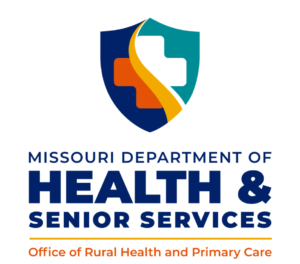August 26, 2025

NRHA Webinar: How Air Medical Transport Saves Lives After Traumatic Brain Injury – and What Rural Hospitals Risk Losing, September 11
In rural America, time and distance can be deadly – especially after a traumatic brain injury. This session explores the critical role of air medical services in bridging rural trauma care gaps and improving survival outcomes for patients with brain injuries.
Join Stephanie Queen, RN, a senior clinical leader with more than 20 years in healthcare operations and critical care, Peggy Reisher, MSW, a 30-year brain injury advocate and executive director of the Brain Injury Association of Nebraska, and Tim Chiarolanza, a brain injury survivor whose life was saved by air medical transport. Together, they’ll share compelling data, personal insights, and urgent policy concerns affecting air ambulance access.
Attendees will:
- Understand the unique causes and long-term impacts of brain injury in rural communities,
- Learn how air ambulances deliver ICU-level care en route and improve TBI survival rates, and
- Hear how current Medicare reimbursement gaps threaten access to these life-saving services.
Cost: Free
When: Thursday, September 11, 1:00 p.m. – 2:00 p.m.
Click Here to Register







